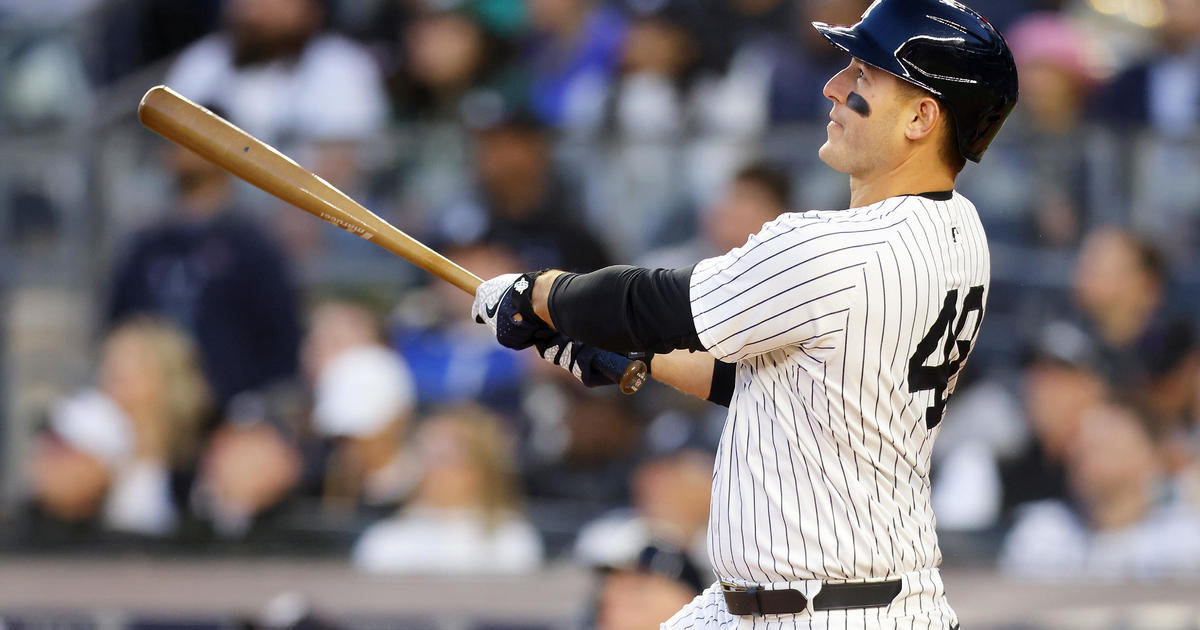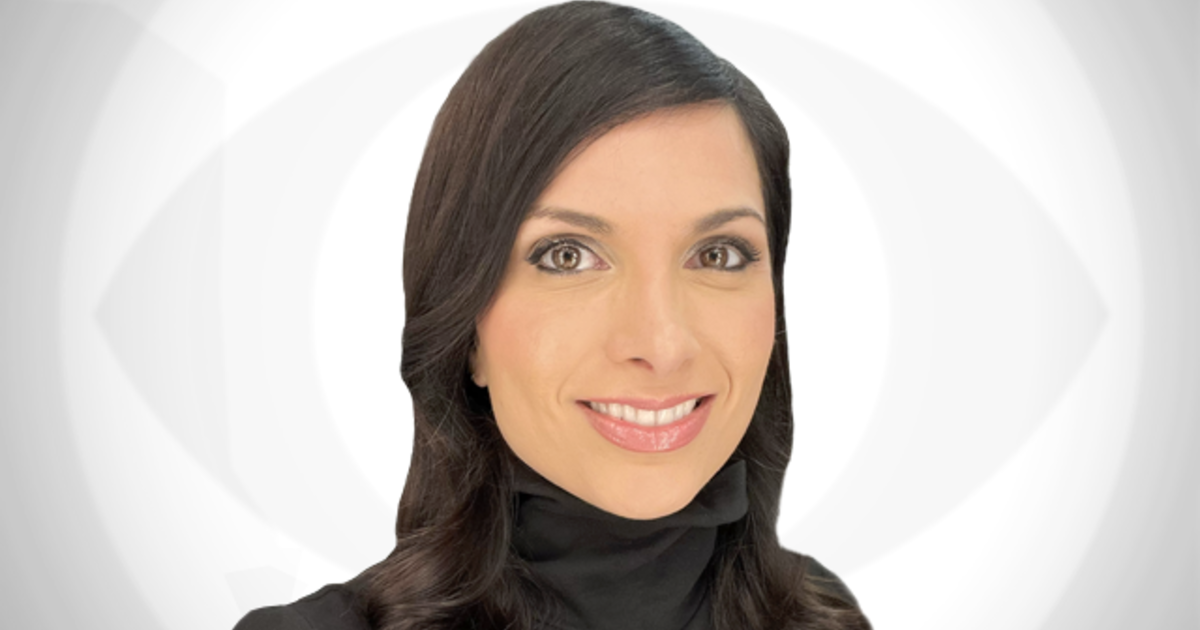Sims: Breaking Down The Latest Injury To Michael Pineda
By Abby Sims
» More Columns
The plan was for Michael Pineda to stay on schedule by pitching simulated games in Tampa while serving a 10-day suspension for having pine tar on his neck. However, instead of missing one or two starts, he'll reportedly be out three to four weeks with what was diagnosed as a Grade 1 strain of the teres major.
The good news is it is a Grade 1, which means there is no significant disruption of the involved tissue. (Grade 2 involves some degree of tearing, while Grade 3 is a complete rupture.) The bad news is that inflammation still has to resolve, the injury demands some rest and rest results in deconditioning. The teres muscle -- as well as the entire shoulder girdle -- then requires strengthening to avoid overuse from the demands of pitching.
So what is the teres major muscle?
The teres major originates at the bottom of the scapula (shoulder blade) and attaches to the humerus at the inner lip of the groove that contains the biceps (see image). It is one of the primary internal (or medial) rotators of the shoulder, though it also contributes to adduction (drawing the arm toward the body), as well as extending the shoulder (drawing the arm behind the plane of the body).
The primary internal rotators of the shoulder are, in total, stronger than the external (outward) rotators because of their overall mass. Other primary internal rotators include the lat (latissimus) and the pectoralis major,while the subscapularis and anterior deltoid muscles contribute secondarily.
Despite being a primary rotator, the teres major is not a part of the rotator cuff (view image). The muscles of the cuff, all of which also originate at the scapula, form a common tendon that inserts at the humerus covering the top, front and back of the humeral head.
These include the supraspinatus, infraspinatus, teres minor and subscapularis muscles. All have significant roles to play in addition to simply acting to rotate the shoulder. Most importantly, it is the external rotators that help to stabilize the humeral head during shoulder activities. For more on the rotator cuff, take a look here.
It is during the acceleration phase of the pitching motion that the internal rotators are most engaged. If you are interested, a wonderful article detailing shoulder-muscle recruitment patterns during each phase of baseball pitching can be found here. (Note: pg. 3 (571) has a table that summarizes the information.)
Let's hope Pineda gets back on track soon, resumes his spot in the rotation and stays there for the long haul. After two seasons spent recovering from a shoulder injury and surgery, he is definitely poised to make a major contribution.
Follow Abby on Twitter @abcsims.
You May Also Be Interested In These Stories



